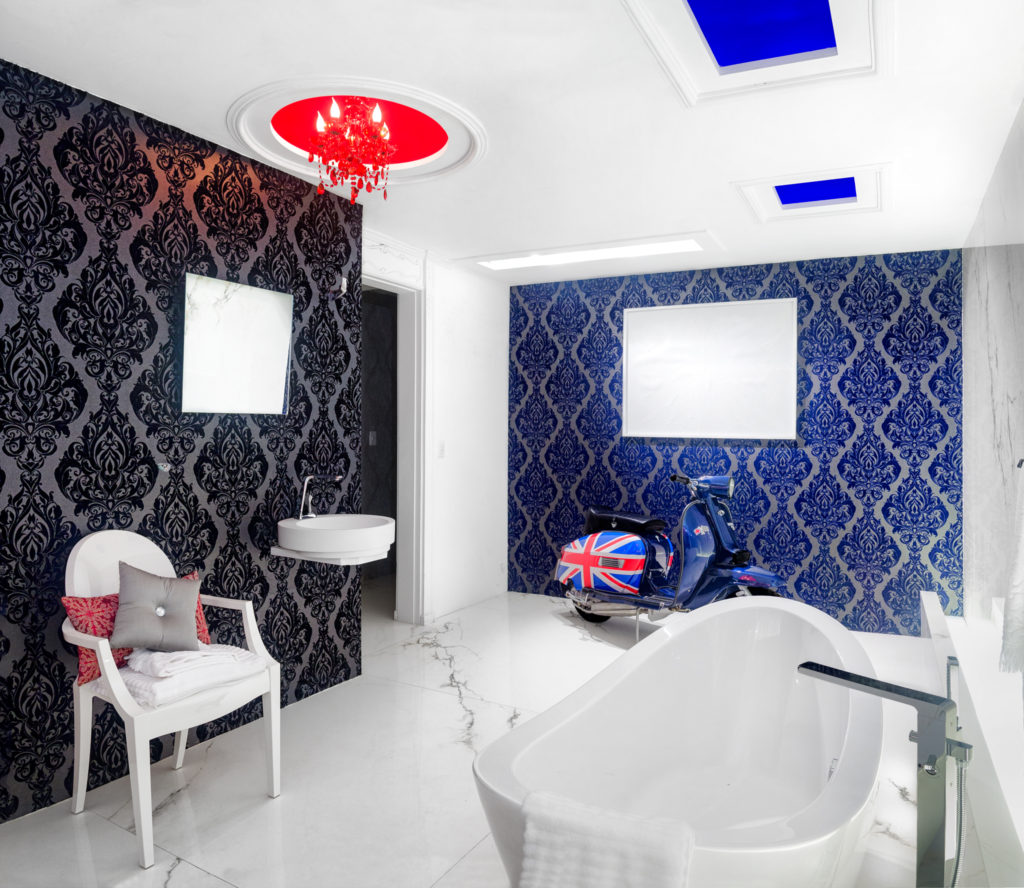Architectural and interior photographer Guillermo de la Maza walks us through his editing and retouching process. You can read our full interview with Guillermo here.
1. RAW File Development
To take advantage of the dynamic range latitude available in today’s RAW files (besides the customary exposure, color, chromatic and geometric distortion fixes), we use Astropad together with Camera RAW to selectively alter exposure, saturation, and sharpness in areas that need just a little bit of a bump or a little step down. This way, I preserve more information on the file than could be possible out of a processed file and also save time later in the post-production process.
2. Bracketing Blend
I usually work using composite files containing at least 3 different exposures (with different EV stops between them) of each photograph. Since pen-generated masks tend to leave behind jagged edges, most of the time I resort back to a brush in order to create masks with different flow and opacity values, and hence obtain a better and more organic result. It takes more time, but the results are worth it.
3. Photo-Manipulation
Not every shoot turns out perfect. Sometimes, there’s just no way of getting rid of objects, people, or miscellaneous obstructions creeping into your shots. On other occasions, you simply don’t have 20 chairs available to fill up a space, so we usually improvise — taking the same shots but moving the objects around to cover the needs as described in our briefs. When doing photo-manipulation, Astropad is a great tool to shape light to better blend objects in. It also is of enormous help using tools such as the Healing Brush when you need to conceal what’s really there.
4. Enhancing Products
Color and texture on products get directly affected when lit in different ways. When you’re shooting in a studio, the photographer is in control of whatever sources of illumination there are, but out in the field, it gets pretty tricky to control light when you have several sources coming at your scene and not much time to display your trickery. In these instances, I try to preserve and highlight colors and bring out textures by directly painting over them with Astropad. It’s kind of a tribute to the good ol’ analog days, when this procedure was very common among commercial photographers.

Check out our guide for organizing an efficient Photoshop workspace for Astropad here.





